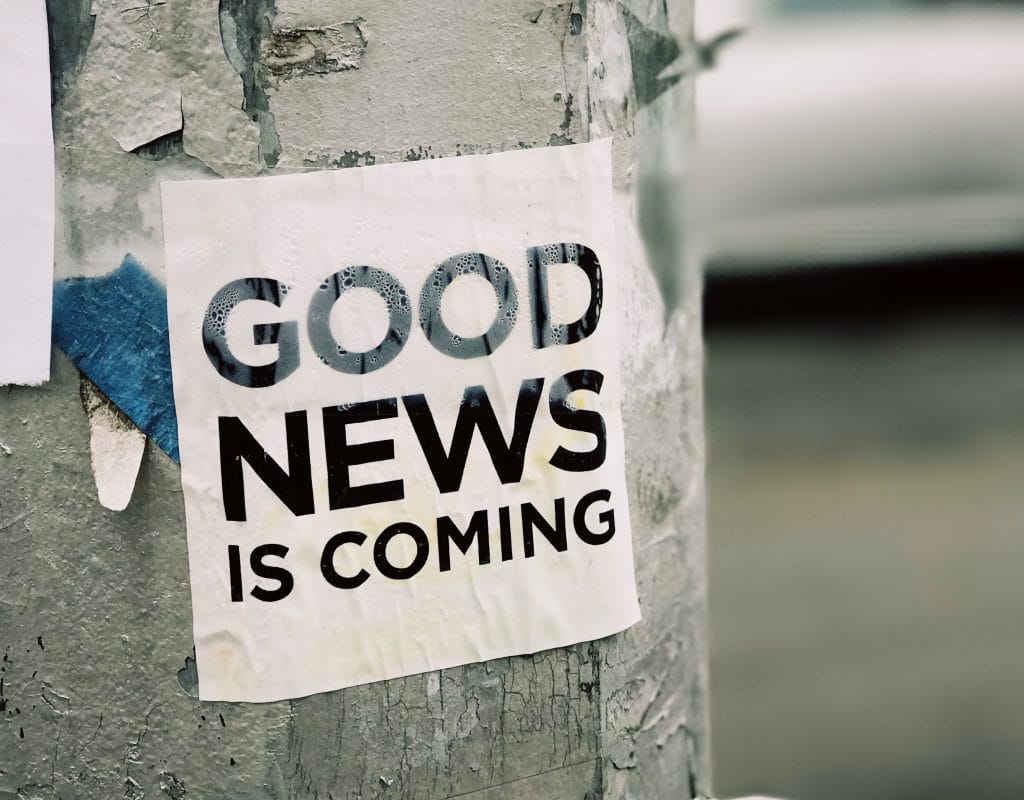facebook group
New Features Coming to Facebook Groups
Facebook Groups are a valuable tool for many businesses, because it allows them to build a connection with customers and prospects on a platform they’re already using regularly. Coming together with a group of like-minded people allows you to build trust and stronger, more meaningful, relationships. Why You May Want Both a Facebook Page and…
Facebook Group Monetization 101
If you’re the admin of a popular Facebook group, it may be time to put that group to work earning money for you. There’s no one-size-fits-all approach to monetization, as a lot of what will work for you depends on your niche, level of engagement, and group size. To attract major brands, it’s safe to…
OTHER ARTICLES YOU MIGHT BE INTERESTED IN

SMG Marketing Makeover 2025 - What’s Working, What’s Not, and What’s Next

Using Community Outreach as a Marketing Strategy


A Complete Guide to Google Performance Max (PMAX) for Healthcare

Tips for Spring Cleaning Your Digital Marketing Efforts

Medical Practice SEO - The Ultimate Guide for Doctor's Offices

10 Digital Marketing Ideas for Doctor's Offices




